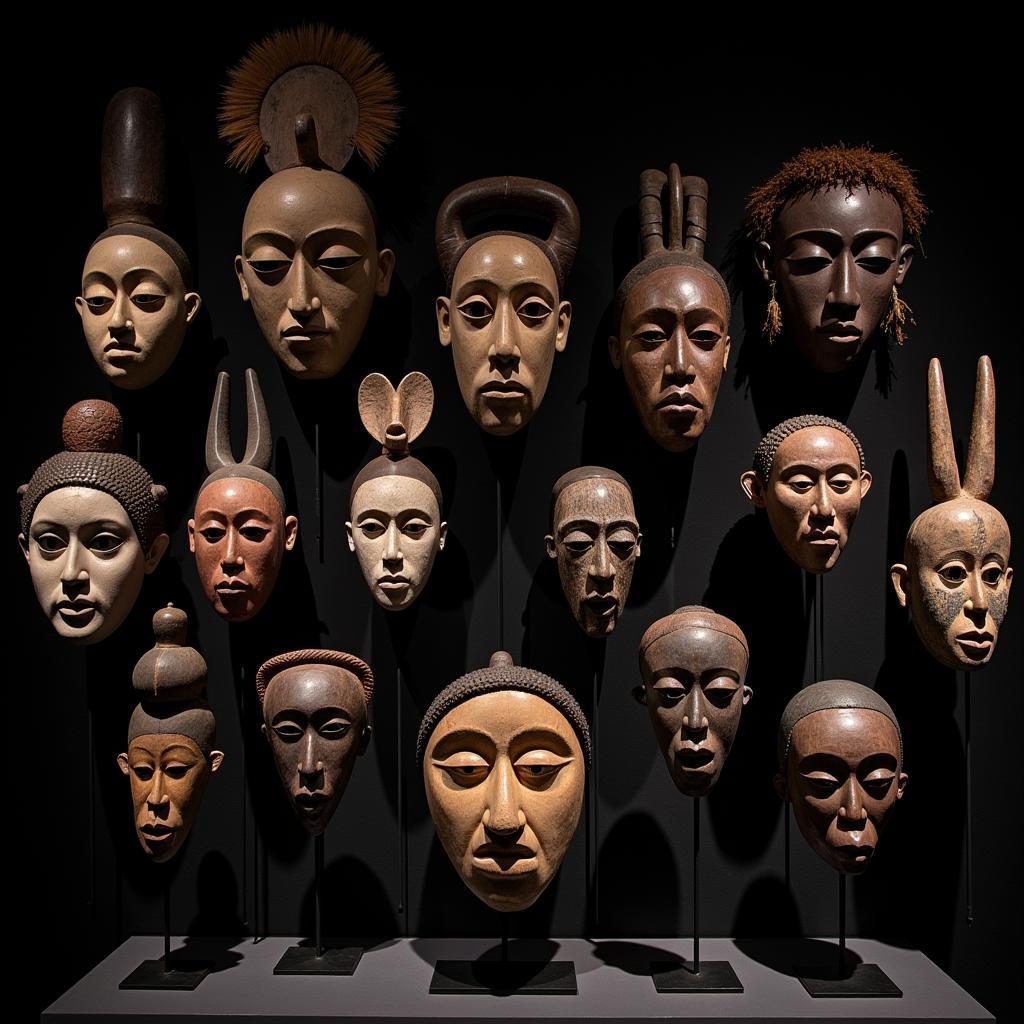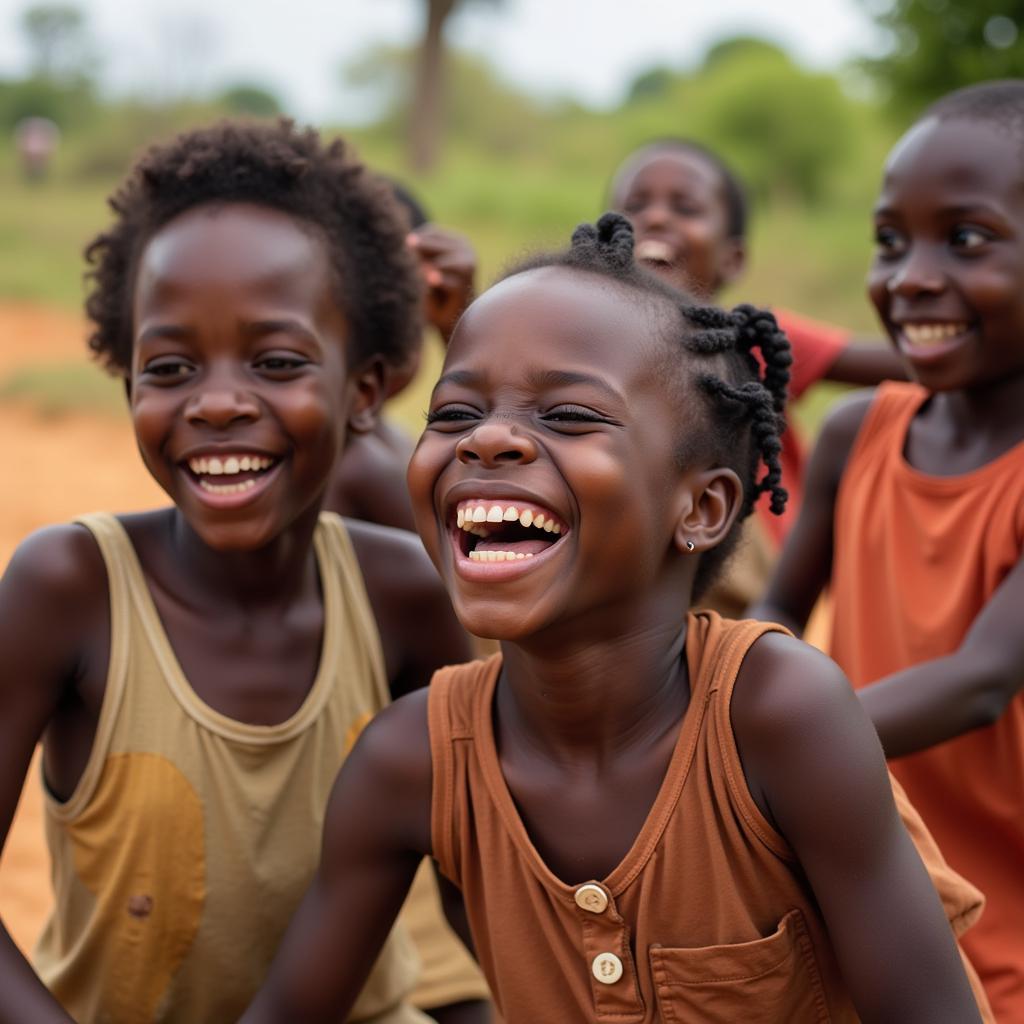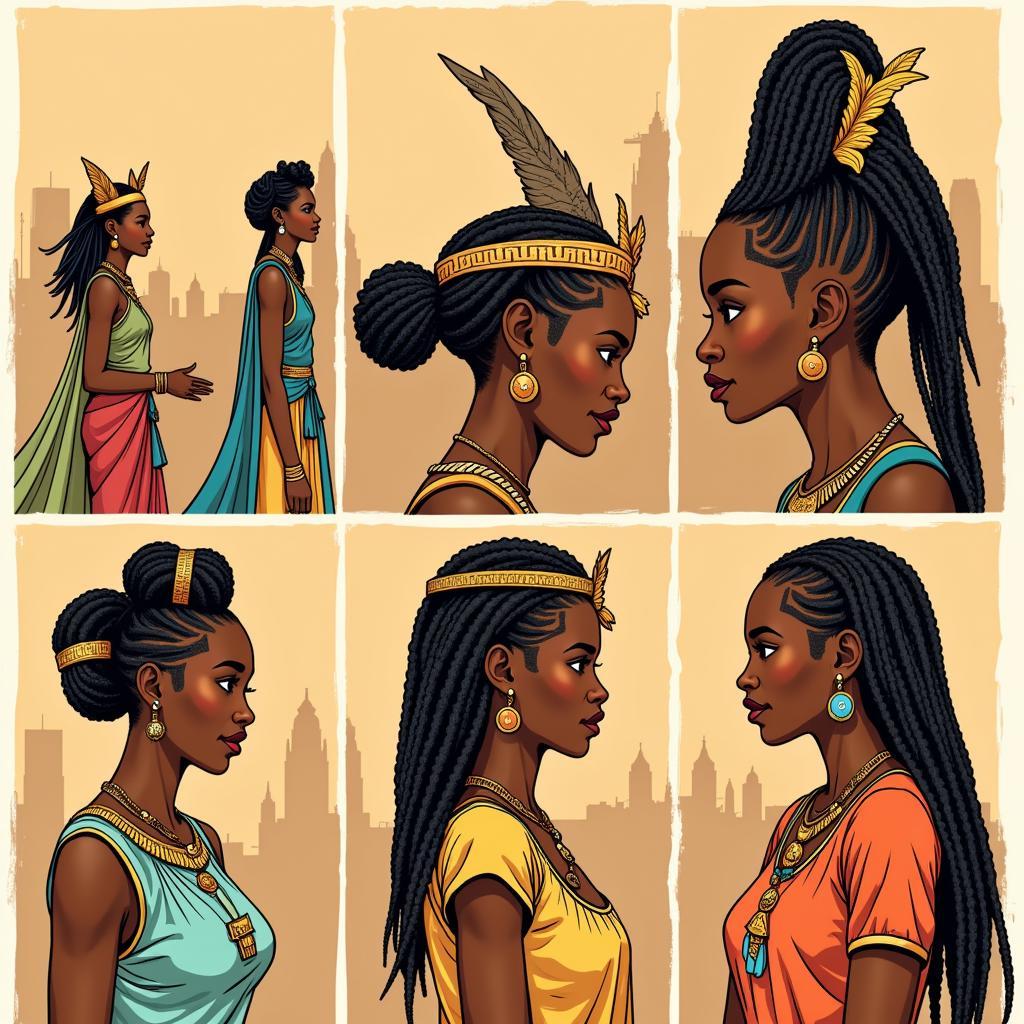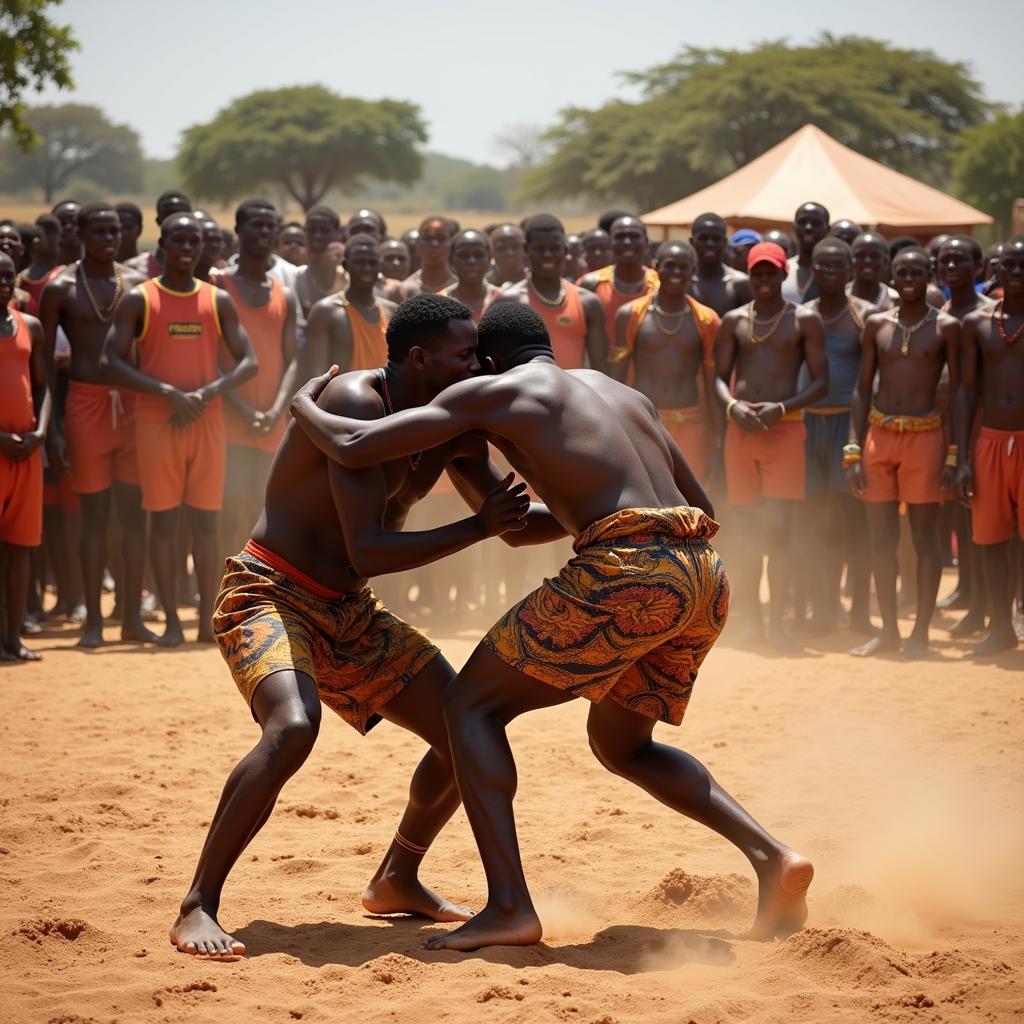African Dwarf Crocodile Facts for Kids: A Guide to These Tiny Crocs
The African dwarf crocodile, also known as the “osteolaemus tetraspis”, is a fascinating and unique creature that’s smaller than you might imagine. It’s one of the smallest crocodiles in the world, with adults typically reaching only 1.5 meters (5 feet) in length. These captivating reptiles have a lot to offer in terms of fascinating facts and amazing adaptations, making them a great topic for kids to learn about.
What Makes the African Dwarf Crocodile Special?
The African dwarf crocodile is a true marvel of nature, with several adaptations that set it apart from its larger relatives. Here are some interesting facts that make this crocodile special:
-
Miniature Size: Unlike their larger counterparts, these crocodiles are known for their petite size. They are the smallest crocodile species in Africa, with an average adult size ranging from 1.2 to 1.5 meters (4 to 5 feet) in length. Their small size is a key adaptation for surviving in their unique environment.
-
Unique Habitat: The African dwarf crocodile lives in a variety of habitats, but its preferred environment is freshwater swamps, marshes, and slow-moving rivers. They are found in various parts of Central and West Africa.
-
Nocturnal Nature: Unlike most crocodiles that are active during the day, the African dwarf crocodile is primarily nocturnal, meaning they are most active at night. They use their keen sense of smell and hearing to hunt for food in the darkness.
-
Diet and Hunting: These miniature predators are opportunistic hunters, feeding on a diverse range of prey, including fish, frogs, crabs, snails, small mammals, and even birds. Their sharp teeth and powerful jaws allow them to efficiently capture and consume their prey.
-
Reproductive Behavior: African dwarf crocodiles are known for their unique breeding behavior. They are highly territorial and fiercely defend their nesting sites. Females typically lay 10 to 20 eggs in a nest that they build on riverbanks.
-
Conservation Status: The African dwarf crocodile is listed as “Least Concern” on the IUCN Red List, indicating that their population is currently stable. However, their conservation status can change due to habitat loss, pollution, and hunting.
Where Can You Find African Dwarf Crocodiles?
African dwarf crocodiles are found in the tropical regions of Central and West Africa. They prefer freshwater habitats like:
- Swamps: These are perfect for them as they offer plenty of cover and abundant prey.
- Marshes: Their shallow waters and dense vegetation provide excellent hiding places.
- Slow-Moving Rivers: The calm currents offer opportunities for ambush hunting.
What Are Some Threats to African Dwarf Crocodiles?
While they are currently classified as “Least Concern,” African dwarf crocodiles face some challenges that could affect their population:
- Habitat Loss: As human populations expand, natural wetlands are often converted for agriculture, development, and other purposes, leading to habitat loss for crocodiles.
- Pollution: Waste from human activities can contaminate water sources, harming crocodiles and their prey.
- Hunting: Although not as common as with larger crocodile species, some individuals hunt dwarf crocodiles for their meat or to sell as pets.
“These fascinating creatures are a reminder that even the smallest animals can have a big impact on their ecosystems,” says Dr. Amelia Smith, a renowned crocodile researcher.
Are African Dwarf Crocodiles Dangerous?
While all crocodiles have the potential to bite, the African dwarf crocodile is relatively small and less aggressive than its larger relatives. They are more likely to flee from a human encounter than to attack. However, it’s always important to respect any wild animal and avoid approaching them.
How Can We Help Protect African Dwarf Crocodiles?
There are several ways we can contribute to the conservation of these amazing creatures:
- Support Conservation Efforts: Organizations dedicated to crocodile conservation work tirelessly to protect their habitats and raise awareness about their importance.
- Reduce Pollution: By minimizing our waste and supporting sustainable practices, we can help protect water sources and the ecosystems that crocodiles rely on.
- Educate Others: Sharing information about African dwarf crocodiles and their importance can help raise awareness and inspire others to take action for their conservation.
“Every little bit of effort makes a difference when it comes to protecting these unique and valuable creatures,” notes Mr. Thomas Williams, a dedicated conservationist.
African Dwarf Crocodile FAQs:
1. How big do African dwarf crocodiles get?
African dwarf crocodiles typically reach a maximum size of 1.5 meters (5 feet).
2. What do African dwarf crocodiles eat?
They have a diverse diet consisting of fish, frogs, crabs, snails, small mammals, and birds.
3. Where do African dwarf crocodiles live?
They are found in the swamps, marshes, and slow-moving rivers of Central and West Africa.
4. Are African dwarf crocodiles dangerous?
While they can bite, they are relatively small and less aggressive than larger crocodiles.
5. What are some threats to African dwarf crocodiles?
Habitat loss, pollution, and hunting are the primary threats to these creatures.
6. How can I help protect African dwarf crocodiles?
You can support conservation efforts, reduce pollution, and educate others about their importance.
7. What makes African dwarf crocodiles unique?
They are the smallest crocodile species in Africa, are primarily nocturnal, and have unique breeding behavior.
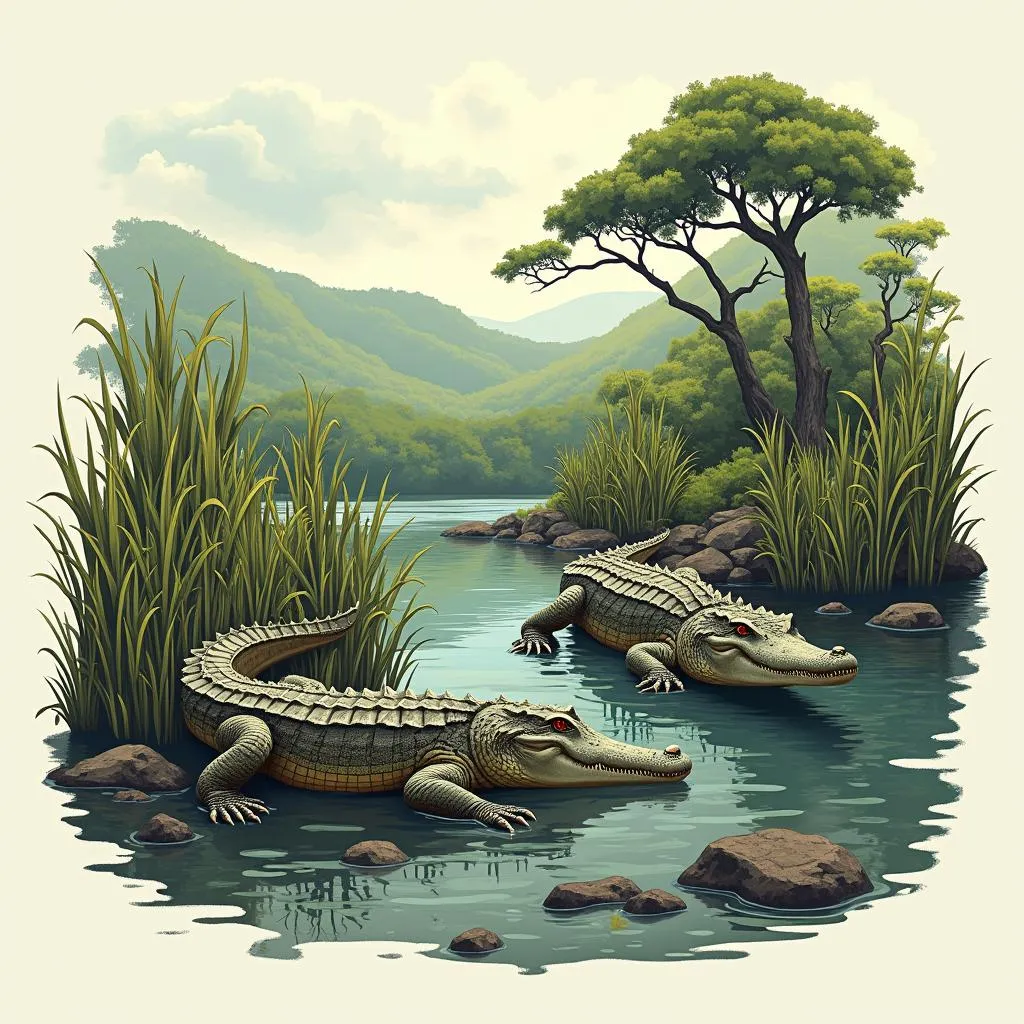 African dwarf crocodile in a swamp
African dwarf crocodile in a swamp
By learning more about these incredible creatures, we can help ensure their survival for future generations.
